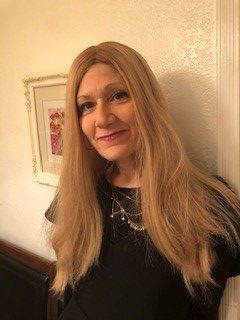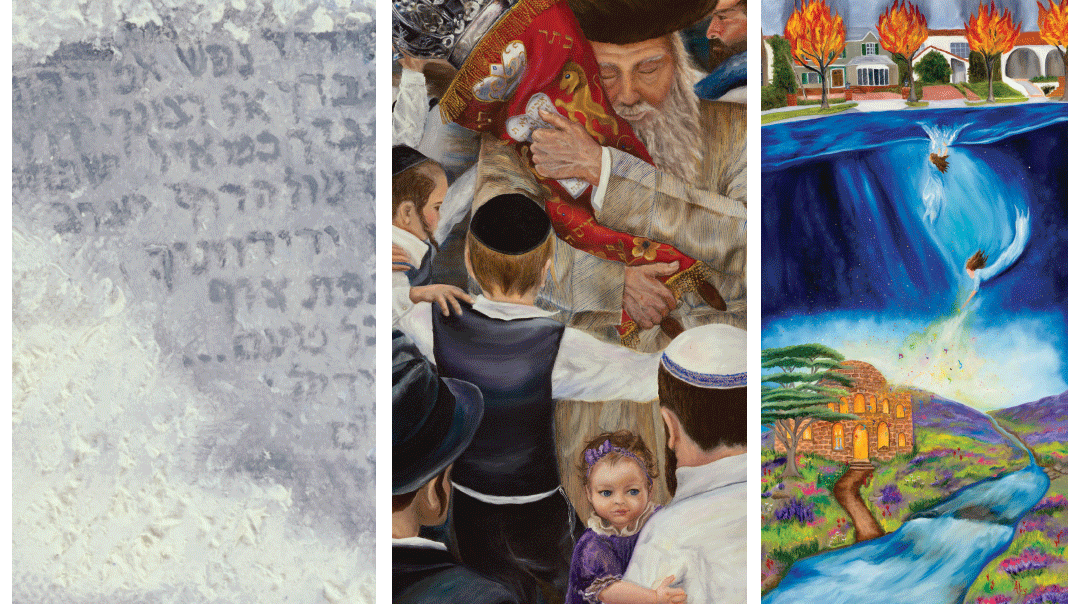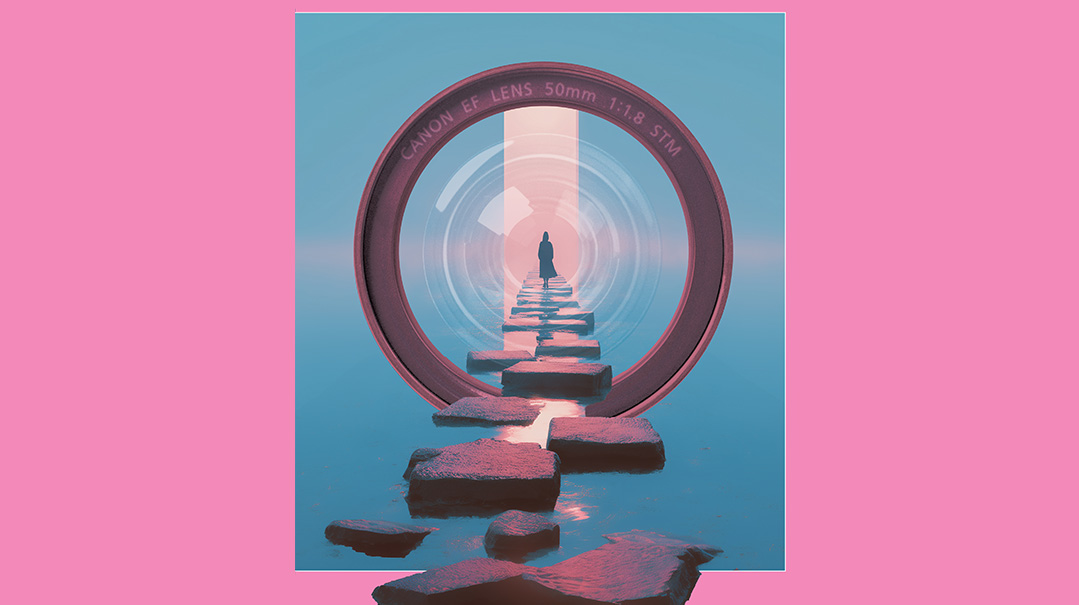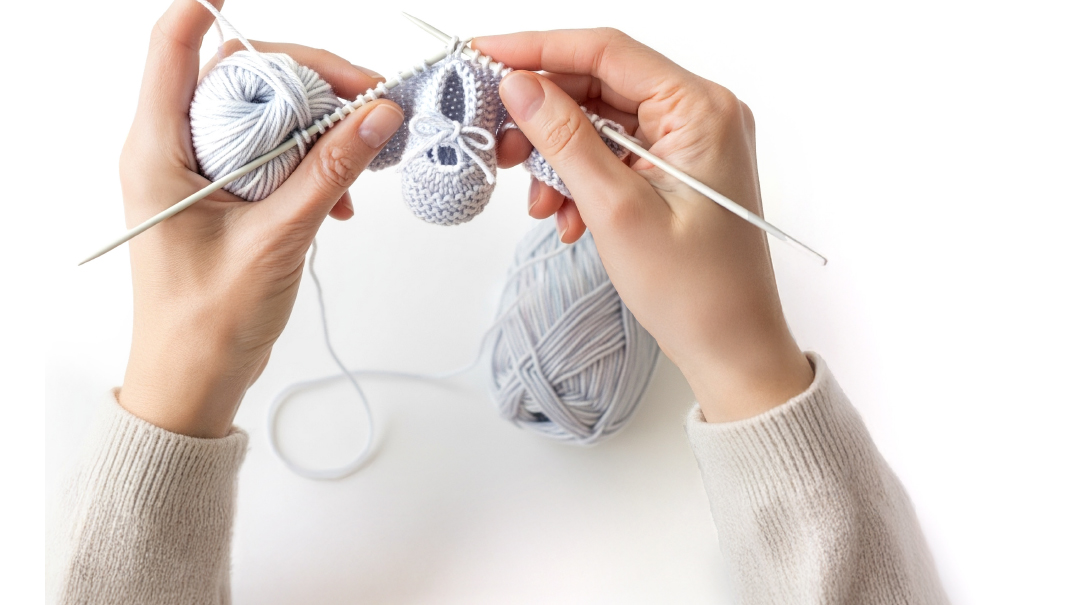Panoramas, Perspectives, and Pesukim

Artist Aliza Marton doesn’t simply paint beautiful scenes; her art incorporates uplifting pesukim, hinting at the spiritual lens through which she views the world

Reminiscent of Nachshon ben Aminadav, when artist Aliza Marton wanted to take a photo for inspiration for one of her paintings, she stepped right into the swirling sea.
The other tourists at Ruby Beach — named for the red ruby-like crystals in the sand — wore wading boots up to their hips and stayed a safe distance from the water’s edge. But upon arriving at the breathtaking beach, a three-hour drive due west from Seattle, Washington, Aliza couldn’t contain her excitement.
Enthralled by the majestic sky, sea, and bluffs, she grabbed her camera and went right into the freezing Hoh River, whose waters receive the icy cold runoff of the melted snow from nearby Mount Olympus.
“I wanted to take pictures, too,” explains Aliza, who lives in Los Angeles. “But I’m a sensory person, so in order to paint a scene, I want to feel it and be a part of it.”
When Aliza’s equally adventurous husband mentioned she might ruin the new hiking boots she’d bought for this trip, which they were taking in honor of their 20th wedding anniversary, Aliza just shrugged, untied her boots, and set off with determination through the water, barefoot, despite the sharp rocks lining the riverbed.
“Are you really going in?” Mr. Marton asked.
“I came here just for this — I’m not going to not go into the water,” Aliza responded with a smile and a giggle as, in her tzniyus clothing and sheitel, she set off for the other side of the river, walking among the bluffs, snapping photos all the way. Her husband soon lost sight of her.
“Was it worth it?” he asked when she returned.
“Absolutely!” she answered, before asking him if they could return to the site the following evening at 10 p.m. for the sunset. She then went on to capture that sunset in a painting. In it, the viewer can see two small figures, Aliza and her husband, walking together in the distance.
When I get together with Aliza, she shows me photos from the many trips she’s taken with her family and alone with her husband. A particularly striking image of Ruby Beach catches my eye. When I ask whether the image was also a photo from her trip, Aliza modestly says, “Thank you for saying that, but that’s the painting I made.”
I gasp and look at the image of Aliza’s Ruby Beach painting again. The scene looks realistic, but upon closer examination, it radiates a life and magic that makes it even more beautiful than a mere photo of the beach.
Artist with a Mission
“Making art that reveals Hashem in everything is my whole purpose!” Aliza says. “Hashem’s not a separate entity in the sky. He’s a living King Who exists within every aspect of our world!”
Aliza articulates the love she feels for Hashem and Torah while creating her artwork by leaving traces of pesukim somewhere in almost every painting. In Ruby Beach, Aliza chose to add these lines from Tefillas Haderech: “May it be Your will, Hashem, our G-d, and the G-d of our forefathers, that You lead us toward peace, direct our steps toward peace, and guide us toward peace…”
Oops! We could not locate your form.













